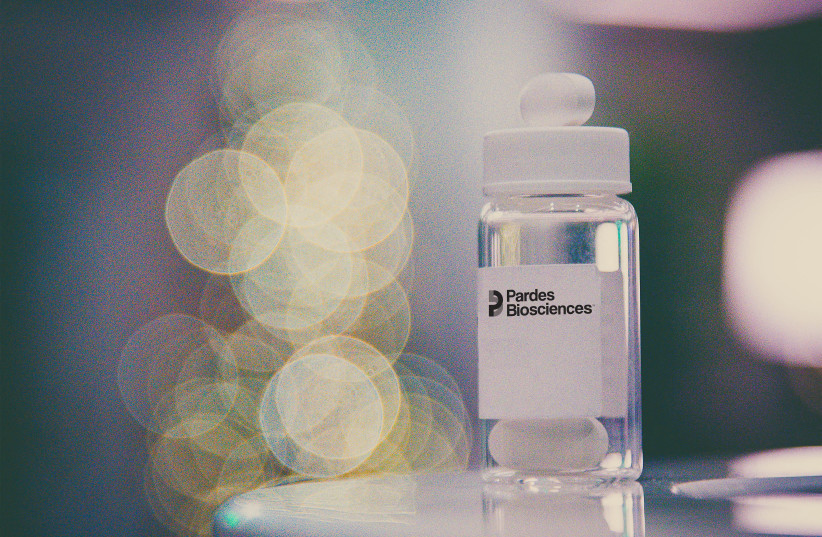We were recently told that there’s no relief from COVID-19 and it seems to have returned in full force when for the first time this month more than 12,000 verified cases (more precisely 12,869) were diagnosed in a day. The positive test rate rose to 20.48%. Although these numbers currently aren’t very threatening, we know that each wave begins with a small ripple and is followed by a tsunami.
At present, no more restrictions are planned on entry for tourists, on the education system or on businesses. But will we again be late in making decisions and find ourselves in unnecessary closures? We checked with top experts on what can and should be done right now.
Prof. Sigal Sadecki, former head of public health services at the Health Ministry and currently a faculty member of the medical school at Tel Aviv University says:
"We expect an increase in morbidity in Israel and around the world that stems at least in part from the removal of restrictions and a return to a social routine. The essential question is of course what is the nature of the dominant variant, what are its infectious properties and what is its level of clinical severity?
At this stage, monitoring tests must be carried out again including testing of variants, and we must keep telling the public to vaccinate. Continue to use masks and protect populations at risk of infection.”

Dr. Dan Yamin, head of the lab for modeling the spread of infectious diseases at Tel Aviv University said that "under current conditions, the goal is not to stop the sixth wave but to reduce infection in populations at increased risk and make drug treatment accessible to this population. In practice:
- Require tests at the entrance to hospitals, including medical staff, frequently
- Increase the frequency of tests in nursing homes
- Allow testing in the community only for at-risk populations, and make the testing complexes ‘get tested and get the needed medicine.’ It makes no sense to test those who can’t be treated.
- Increase awareness of the importance of the vaccine in general and for the at-risk populations in particular.
- The pandemic will only subside after most of us get infected and recover. So, we must maintain vulnerable populations. All the other restrictions only delay the end and increase the suffering.”
Prof. Danny Cohen from the School of Public Health at Tel Aviv University said "in order to stop the sixth wave of COVID, you need to get vaccinated with at least three doses, get tested when there are clinical signs and continue to wear masks indoors."
Dr. Adi Niv-Yagoda, health policy specialist, member of the cabinet of experts and lecturer at TAU, said that "in recent days, we have witnessed a clear trend of an increase in the morbidity and spread of coronavirus, but it’s too early to say that it’s a sixth wave. Reality has taught us that it’s almost impossible to stop a wave or control its altitude, but there are measures that may slow the spread.”
Right now, there’s no justification to return to the restrictions of the last two years in the public space, but precautions must be taken, especially where populations are at risk (hospitals, nursing homes, daycare centers for the elderly, etc.) such as routine staff/inpatient screening, testing visitors at entrances and wearing masks.
Regarding the behavior of the general public, now that morbidity is rising and the chance of getting infected is greater, every person should be responsible for their health and be cautious if they have severe medical conditions. Yet, as long as it’s the Omicon variant, the health system can cope with the current increase, and even more.”
